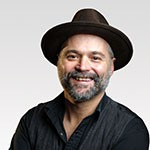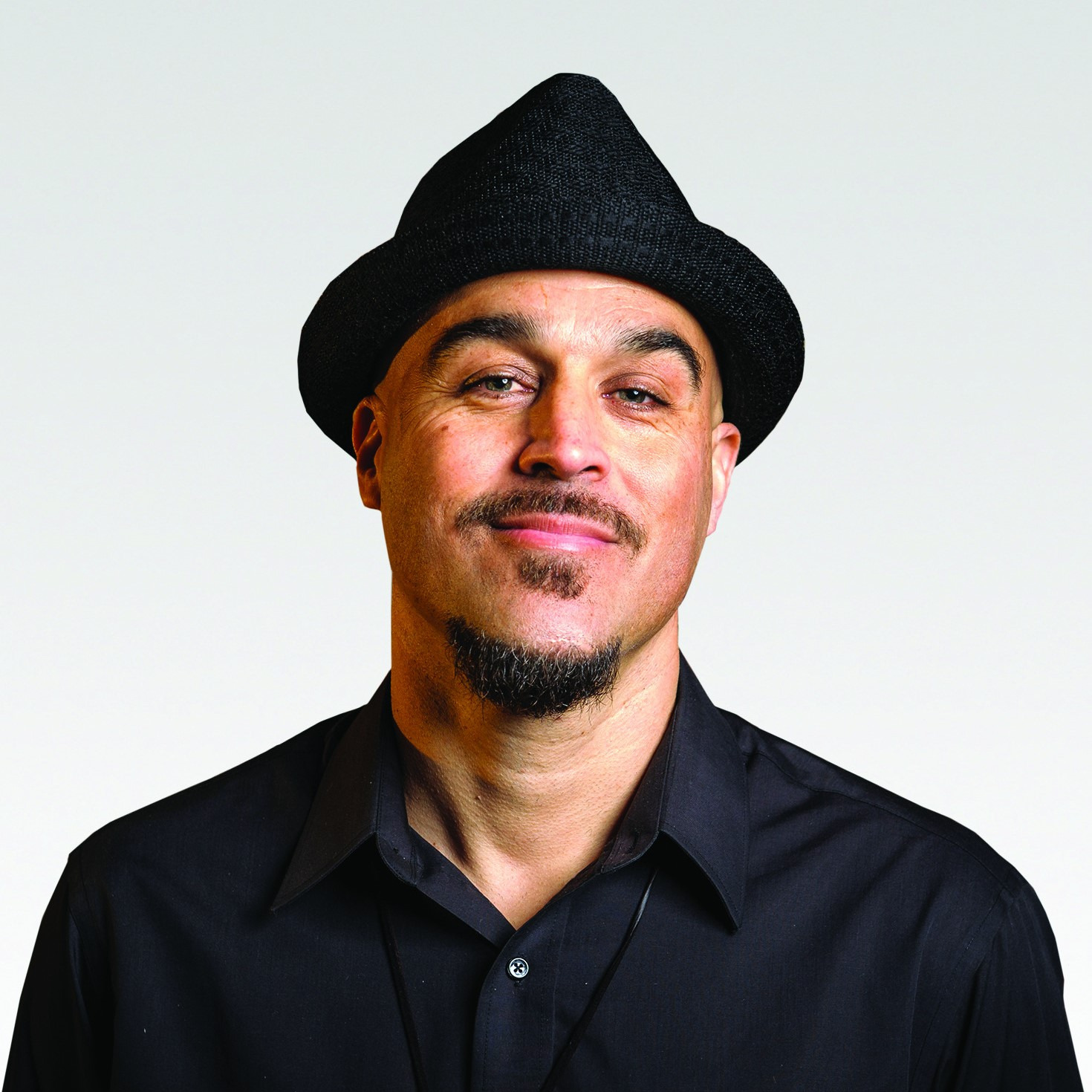You are here
Youth Equity Stewardship (YES)
Why Youth Equity Stewardship?
Youth Equity Stewardship (YES) is rooted in arts-based methods that aim to bring the youth perspective, vision, creativity, and passion to the forefront of policy and progress for a 21st century school system. YES has proven effective and influential as a sustainable creative facilitation process for youth to enthusiastically engage in their learning and advocate for culturally responsive learning environments.
What You'll Learn
This series amplifies student voice and supports young people in understanding their personal journey and social accountability to create a living example of commitment to diversity, equity, and inclusion. Youth Equity Stewardship will:
- Foster multi-generational collaboration to support authentic school improvement efforts.
- Provide strategies for building community and creating soulful, inspired, brave and inclusive learning spaces.
- Enhance the growth and celebration of culture, climate and belonging.
- Give voice to youth perspective and a wider diversity lens for recognizing and eliminating educational inequities.
Youth Equity Stewardship Foundations
YES Outcomes
Through the 5 Phases of YES, students will gain the skills, training, and empowerment necessary to help recognize educational disparities and become active contributors to bottom-up school improvement efforts.

Personal Journey:
- Students come away with new informed relationships with people they have not historically spent time with.
- Students have an empowered sense of their own story, how their story is a part of their leadership, and what specific leadership styles they contribute.
- Students have gained diversity awareness and a sense of empathy through other peoples’ stories.
- Students have tools they can apply to other groups for building community and creating safe and respectful dialogue spaces.

Justice for All:
- Students come away with practical tools to identify and name socially dominant behavior and oppression when it shows up in their relationships and in society.
- Students have an awareness of how people experience oppression differently based on their race, religion, language, ability, sexual orientation etc.
- Students have a foundation of knowledge to begin growing their leadership as change agents in their community.

Creative Expression:
- Students have an invigorated sense of their creative and leadership potential.
- Students have practiced their leadership, and they have practical creative tools to employ as leaders moving forward.

Community Action:
- Students are prepared with the knowledge, understandings, skills, and relationships to be strong agents of change in their school, and neighborhood communities.
- Students have the ability to lead small-group dialogue, create safe and respectful spaces for young people to gather and talk about issues.
- Students have the ability to stand up for other young people who are being bullied or oppressed.
- Students are capable of building multi-generational teams of teachers and students to support existing equity and reform efforts.

Listen Out!:
- Students are prepared to facilitate open space dialogue
- Students have had an opportunity to lead and to support other leaders.
- Students have had a democratic experience.
How YES Works
Through the 5 Streams of YES, students will gain the skills, training, and empowerment necessary to help recognize educational disparities and become active contributors to bottom-up improvement efforts.
- Teachers or administrators nominate students to participate in YES
- Participant groups will be made up of 80% students and 20% adults
- Participants will engage in a series of learning experiences facilitated by YES consultants
- Student participants should represent the diversity of the building/district and include both students with high social visibility as well as those who may feel invisible
- Teacher participation is vital to the YES process. Teachers will be asked to take part in all YES workshop activities.
Meet the Thought Leaders

Benjie Howard

Wade Antonio Colwell
Testimonials
“It takes a lot of risk for a student to step forward and start the conversation, but once they start, it’s amazing to see how it grows and progresses.”
—Assistant Principal from Washington
“The YES program helps kids find their voice to make the changes that they want to make in the system. So I feel like it’s almost like a partnership.”
—High School Teacher from Washington
“The space that we create is important. And what I love about YES is that it creates a space where every student thrives, and not just survives.”
—Director of Equity from Washington
“YES has redefined every aspect of what we do. We’ve created a culture where the staff is informed by the students as to what’s working…. It’s been a focal point for us, specifically, to make sure that we’re consistently adapting our practices to meet the needs of the kids we have today, with the staff we have today. YES has been the launching pad for everything else.”
—Highs School Principal from Illinois
“There’s nothing that will keep a group of teachers at a big table more accountable than putting a great student at that table to make sure we don’t drift off and start talking about final exams or about the minutiae of the work. It’s so important to have that student there asking how we’re handling things.”
—High School Teacher from Illinois
Bring Youth Equity Stewardship to your school or district